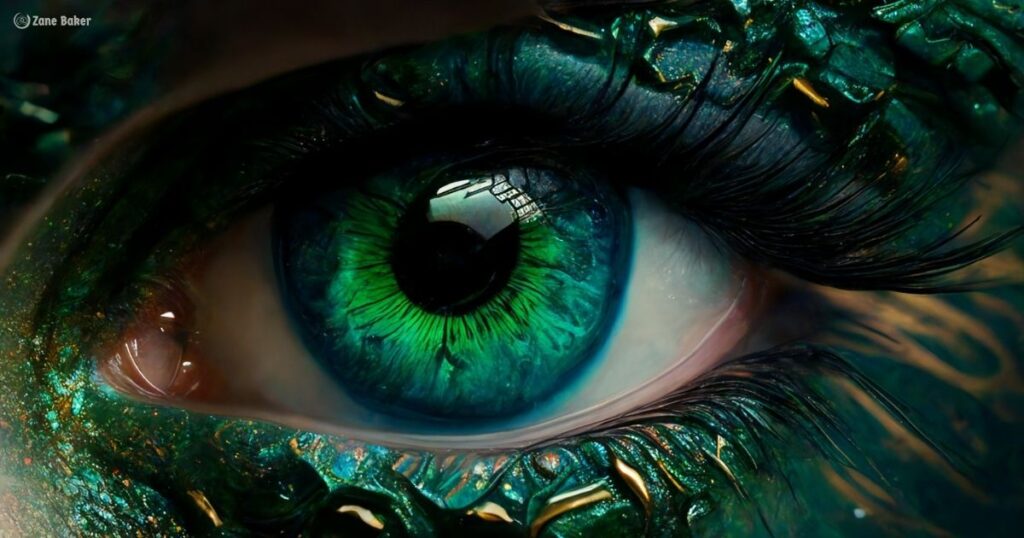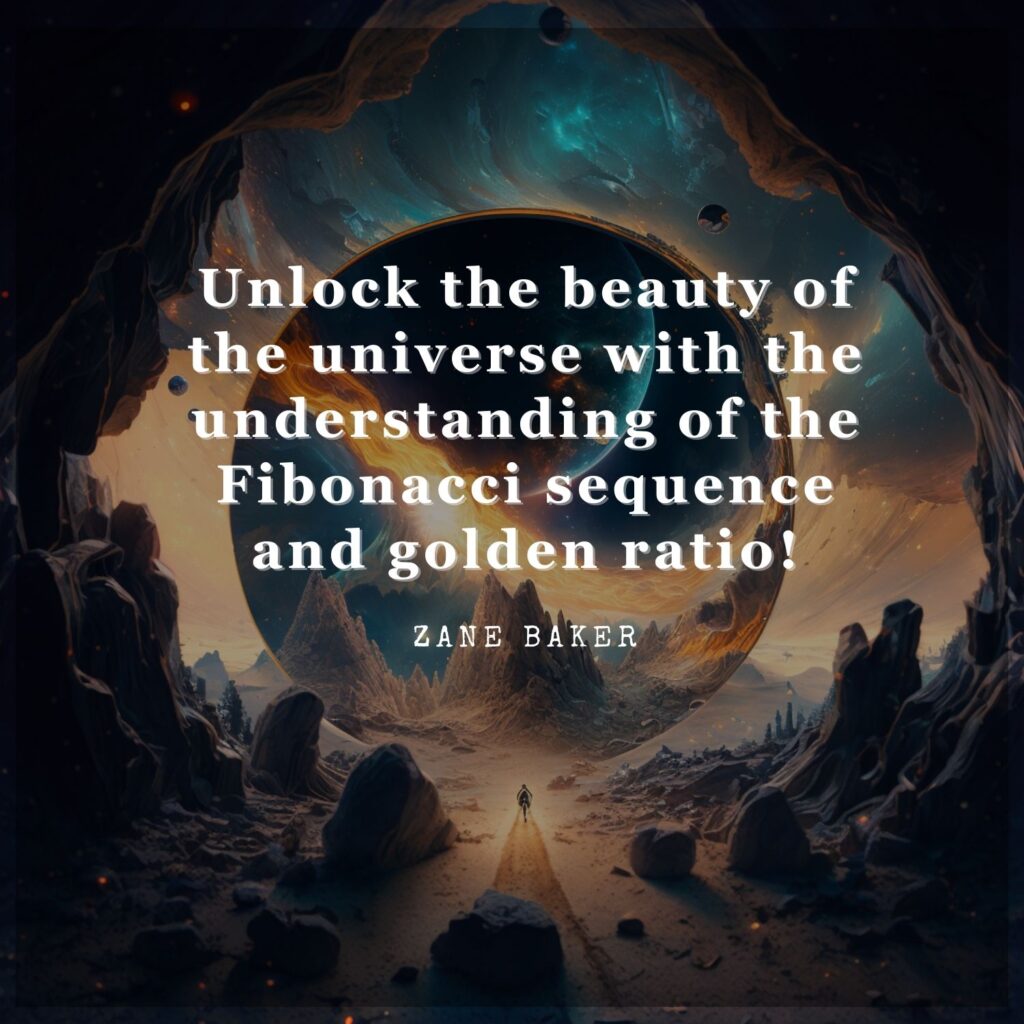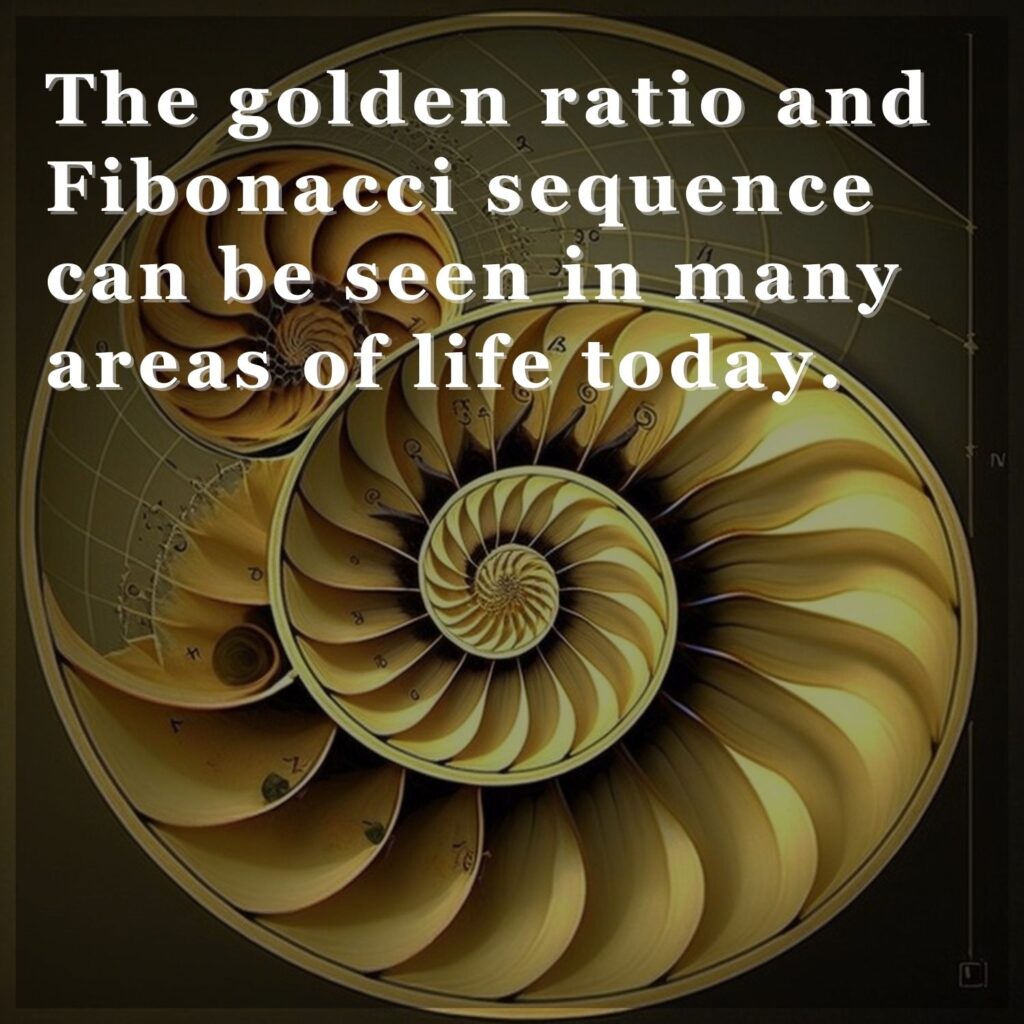Do you find yourself daydreaming about certain shapes and numbers, or seeing them regularly in your environment? Have you ever wondered what significance they might have to your life? From ancient times to the present, sacred numbers and geometric shapes appear to carry a hidden power that has been influencing our lives without us knowing it.
By delving into this blog post, you will uncover how sacred numbers and ancient geometries have the power to influence your subconscious mind in mysterious ways.
How Do Sacred Numbers and Geometric Shapes Unknowingly Impact Our Lives?

You may be surprised to learn that numerical values and patterns are often more meaningful than we realize. But did you know about the concept of “sacred numbers”?
What are sacred numbers?
Sacred numbers are numbers that are considered divine; they represent cosmic order and are found everywhere around us. We see them in nature, architecture, and everyday life. They have been used to unlock mysteries of the past and can help us understand our present-day existence too!
From delicate flower petals to the sweeping curves of the Milky Way, sacred geometry is ubiquitous in our world. Even our own bodies are composed of geometric shapes and patterns – think about the symmetry in your hands or your facial features!
Among the mystical figures, numerical sequences, and patterns in our world, three stand above all others: The Fibonacci sequence and golden ratio, as well as the number 7. These extraordinary numbers have an impactful presence throughout art, design, science, nature and even the human body, influencing many aspects of our modern daily life.
Let’s talk about each one.
The Fibonacci Sequence:

For centuries, the Fibonacci sequence has captivated mathematicians, scientists, and artists alike with its extraordinary mathematical concept.
Even in the present era, it continues to amaze us all.
Shrouded in mystery and embedded within the wonders of our natural world, this sequence of numbers has continued to captivate humanity since its discovery.
In this part of the blog, we will dive into the origin story behind Fibonacci’s sequence and examine how it ties in with the golden ratio as well as its influence on various aspects of human life.
The famous Fibonacci sequence was brought to Europe by Leonardo of Pisa, who was also known as Fibonacci.
Nevertheless, further investigations revealed that historians have discovered the earliest record of this sequence dates back to 6th century India.
What is The Fibonacci Sequence?
The Fibonacci sequence is a set of numbers in which each number is the sum of the two preceding numbers. It starts with 0 and 1, and then each subsequent number is the sum of the two previous numbers. The sequence goes as follows: 0, 1, 1, 2, 3, 5, 8, 13, 21, 34, and so on.
The Fibonacci sequence has a sacred status among many people due to its frequent appearance in nature.
Nature is a rich tapestry of mathematical order, and the Fibonacci sequence is one example. It can be observed in seashells, pinecones, and tree branches – even our own bodies adhere to these proportions when it comes to growth patterns. Truly awe-inspiring, this particular phenomenon serves as a mirror reflecting the cosmic balance found everywhere in nature!
The link between the Fibonacci sequence and the golden ratio
The Fibonacci sequence is very closely related to the golden ratio, which is a mathematical proportion that appears often in both natural and man-made structures.
The majestic golden ratio of 1.6180339887 – often referred to as φ (phi) – is a number found in nature that has captivated and baffled mathematicians for centuries. For centuries, the golden ratio has been considered one of nature’s most beautiful proportions. Artists and architects all around the world have used this captivating mathematical equation to create stunning works of art like the Parthenon, Giza’s Pyramids, and arguably Leonardo da Vinci’s finest piece – The Mona Lisa. This breathtaking ratio is present in almost every aspect of design, from our homes to our bodies!
They can be seen in many areas of life today. Here are a few examples:

Architect: Architects and designers often use the golden ratio in their building designs. They do this not only for how it looks, but also to create a better sound experience. For example, some of history’s most famous buildings incorporate the golden ratio. This includes The Parthenon of Greece and The Great Pyramid of Giza. These structures are still around today because they were designed using mathematics!
The Arts: Art has been graced by masterpieces of renowned painters such as Leonardo da Vinci and Salvador Dalí, who both utilized the golden ratio in their works. This special proportion is thought to bring balance and harmony into art pieces, thus making them more delightful for any spectator.
Photography: With the golden ratio, photographers can create stunning, aesthetically pleasing, and balanced compositions. Utilizing this technique is an effective way to determine where to place subjects within the frame as well as give a sense of fluidity throughout the image.
Nature: Nature is full of elegance and beauty, as evidenced by the prevalence of the Fibonacci sequence and golden ratio in countless natural forms. From seashells to pinecones, trees to plants and animals – these patterns are found even in human body proportions! as well. Clearly, nature has a harmonious design that resonates throughout its creations.
Furthermore…
Human Body: This one is so fascinating, it deserves its own section! The golden ratio is found in our bodies, from the length of our arms to the shape of our faces. Ancient Greeks called this perfect proportion “divine” and used it as a basic design principle for their sculptures. Egyptians and Romans also employed it in their monuments, confirming its timelessness and beauty. Even today, those divine proportions are used in plastic surgery, restorative dentistry, and orthodontic treatments.
For the inquisitive minds out there, here are some unique examples:
- Fingerprints: Scientists have uncovered that fingerprints possess a unique structure, where the spirals align perfectly with the Fibonacci sequence. This stunning phenomenon is known as the Golden Spiral and is believed to be caused by mathematical properties found in this numerical set. Astonishingly, each ridge of these prints contains its own fractional twist proportional to values within the Fibonacci pattern!
- Facial Features: In accordance with the golden ratio, many aspects of a human face – for example, the span between eyes and length of nose –are typically proportionate.
- Skeletal Proportions: The human body is a perfect example of the golden ratio in action, as its bones are proportioned to adhere precisely to this mathematical principle. Take for instance, the length of arm and thigh bones – they’re always aligned with one another according to the precise laws of this stunning law.
- Heartbeats: Research has unveiled that the duration between heartbeats aligns with the Fibonacci sequence, indicating a relationship of increasing intervals corresponding to larger numbers in this mathematical pattern. While a correlation between heartbeats and the Fibonacci sequence has been observed, its authenticity is still being discussed. Supportive evidence suggests that there could be an increase in heartbeat duration with reference to this numerical sequence, however, more research must take place so as to make a definite statement on its validity.
- DNA: Scientists have unveiled an astonishing discovery of the 1950s that DNA architecture follows a Fibonacci sequence and golden ratio. Examining the double helix structure of DNA molecules, as well as nucleotide arrangement, confirms this notion. Recent studies further demonstrate how even some specific sequences in DNA contain traces of the remarkable Fibonacci pattern – offering insight into its structural formation and purpose within our biology. More research is needed, in my opinion, to continue the discoveries.
If you’re looking for something truly divine, why not try our heavenly-scented soaps?

It’s amazing to witness the mathematical presence of the Fibonacci sequence and the golden ratio in the intricate structures of human anatomy. These remarkable examples indicate that these numerical principles have been deeply embedded into our physical form.
Are you already feeling overwhelmed by the amount of information?
I thought it would be easy to write about the Fibonacci sequence and the golden ratio in this post, but I was wrong. It is harder than it seems. Thus, I’m making a commitment to you: we will dive into the remarkable role of number 7 throughout history in an upcoming blog! When that blog goes live, I’ll provide a link here so you can check it out.
I sincerely hope you enjoyed discovering these significant sacred numbers and geometrical goodness. Above are only a few examples of how the golden ratio and Fibonacci sequence have been incorporated into our day-to-day lives. Learning these mathematical basics can help us to see how beautiful our world is! It is also important to remember that this type of knowledge will help us to make progress in the future, no matter what we are working on.
Xoxo,
Zane
Please bear in mind that I’m utilizing the term “sacred” as an analogy. It remains unclear whether these numbers are divinely-inspired or simply coincidental, so it’s up to you to decide. My near-death journey confirms this information, but my objective is not necessarily to persuade you—instead, I seek only to share how specific things have changed and improved my life, in the hope that they can do the same for yours.










Facebook Comments